There are several reasons why you may want to enhance your security camera footage. First and foremost, enhancing the quality of your security camera footage can greatly improve its effectiveness in capturing and identifying potential threats or suspicious activities. With clearer images and better playback resolution, it becomes easier for law enforcement officials to identify perpetrators and gather evidence for investigations.
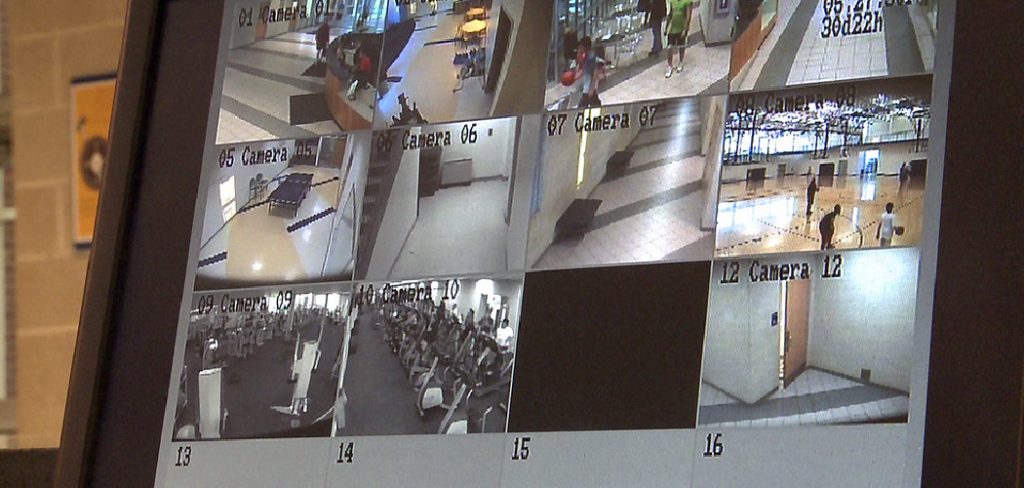
The main advantage of enhancing security camera footage is that it can greatly improve the overall quality and clarity of the footage. This is particularly useful in identifying suspects or any important details that may have been missed in the original recording. Additionally, enhanced footage can also provide better evidence in legal proceedings. In this blog post, You will learn in detail how to enhance security camera footage.
Step by Step Processes for How to Enhance Security Camera Footage
Step 1: Inspect Your Cameras
Before you can enhance your security camera footage, you first need to make sure that your cameras are in good working condition. Check for any physical damage or malfunctions and replace or repair them if necessary.
Step 2: Position Your Cameras Correctly
Proper camera placement is key to capturing clear footage. Make sure all areas of interest are covered and that there are no obstructions blocking the view of your cameras. Most security cameras allow you to adjust settings such as resolution, frame rate, and focus. Experiment with these settings to find the best combination for capturing clear footage in different lighting conditions and environments.
Step 3: Invest in High-Quality Cameras
If you want to enhance your security camera footage, it’s important to invest in high-quality cameras. Look for features such as high resolution, night vision capabilities, and wide viewing angles. Proper lighting is essential for clear footage. Make sure your cameras are equipped with sufficient lighting or install additional lights in areas that are poorly lit.
Step 4: Keep Cameras Clean
Dusty, dirty cameras can significantly reduce the quality of your footage. Regularly clean your cameras and remove any obstructions that may be blocking the lens. Enabling motion detection on your security cameras can help you capture important moments while saving storage space. Set up alerts to notify you when there is movement detected in a specific area.
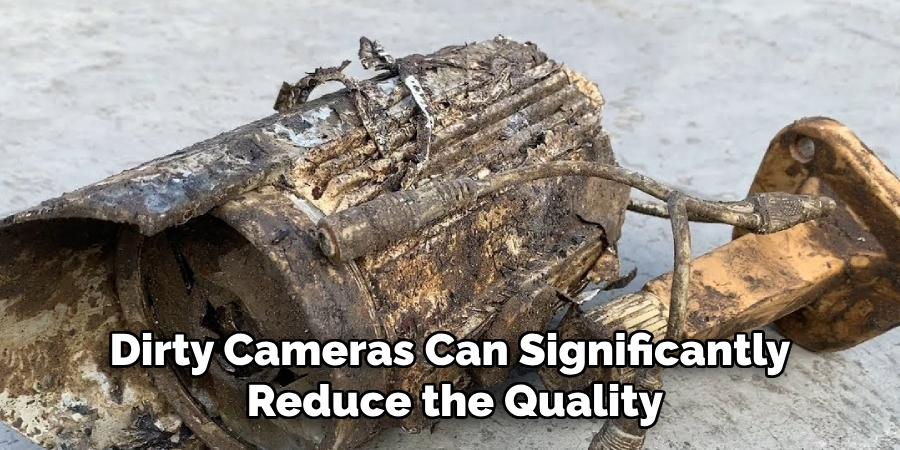
Step 5: Secure Your Cameras
To ensure that your footage doesn’t fall into the wrong hands, it’s important to secure your cameras. Use strong passwords and enable encryption if it is available. Having enough storage space is crucial for retaining high-quality security camera footage. Consider investing in a cloud-based or external storage solution to ensure that you have enough storage capacity.
Step 6: Regularly Review and Update Your System
Keep your security camera system up to date by regularly reviewing and updating it. This includes checking for firmware updates, replacing old cameras or equipment, and testing the system’s performance.
Tips for How to Enhance Security Camera Footage
- Make sure that your security cameras are installed in a high and secure place to prevent tampering or vandalism.
- Regularly check and maintain your security camera system, including cleaning the lenses and checking for any damages.
- Use password protection and encryption on your security camera system to ensure that only authorized individuals have access.
- Consider purchasing security cameras with motion sensors, which can help capture suspicious activity and save storage space.
- Keep your security cameras away from direct sunlight or any other bright lights, as this can wash out the footage and make it difficult to identify individuals.
- If possible, invest in a backup power supply for your security camera system to ensure continuous surveillance even during power outages.
- Regularly review and back up your security camera footage to an external storage device or cloud storage to prevent loss of important evidence.
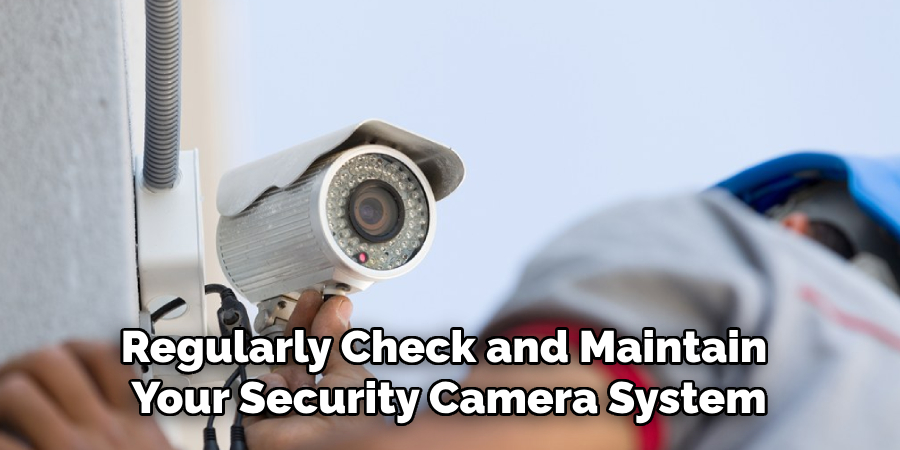
How Do You Properly Store and Organize Your Security Camera Footage for Easy Access?
Storing and organizing security camera footage is crucial for maintaining an efficient and effective surveillance system. Not only does it help in quickly accessing important footage, but it also ensures that the footage is well-preserved and can be used as evidence if needed. Here are a few tips on how you can properly store and organize your security camera footage:
1. Choose the Right Storage Solution
First and foremost, it is important to choose the right storage solution for your security camera footage. There are several options available such as on-premise servers, cloud storage, or Network Attached Storage (NAS). Consider factors like cost, accessibility, and security before making a decision.
2. Label Your Footage
Labeling your footage with relevant information such as date, time, and location can make it easier to search and retrieve the footage when needed. This will save you a lot of time compared to manually going through hours of footage.
3. Create a Folder Structure
Creating a logical and organized folder structure is essential for efficiently managing your security camera footage. You can create folders based on date, location, or type of event captured in the footage. This will make it easier to find and access the footage you need.
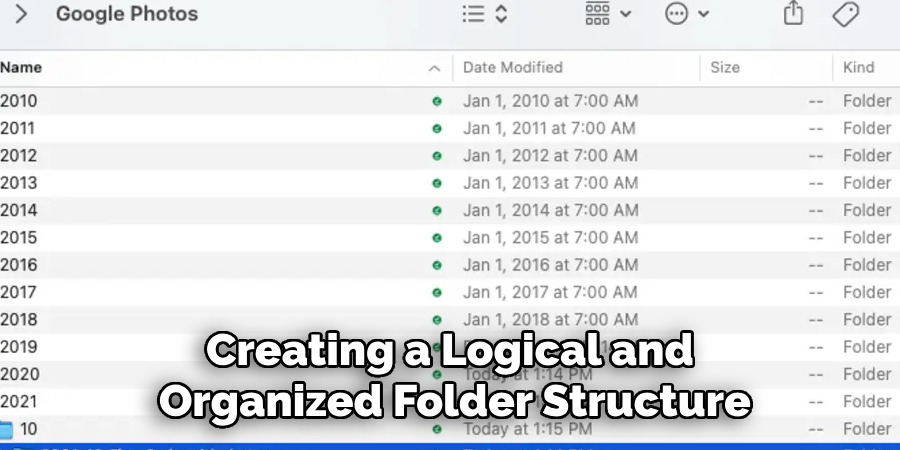
4. Use Software for Indexing
There are several software options available that can help in indexing your security camera footage, making it easier to search and retrieve specific footage. Some of these software also have features like motion detection and time-lapse recording which can further aid in organizing your footage.
5. Consider Redundancy
It is always a good idea to have a backup of your security camera footage in case of any technical failures or accidents. This can be done by regularly backing up your footage to an external hard drive or using redundant storage systems.
6. Implement Proper Security Measures
Since your security camera footage contains sensitive information, it is important to implement proper security measures to prevent unauthorized access. This can include password protection, encryption, and restricted access to the footage.
By following these tips, you can ensure that your security camera footage is well-organized and easily accessible whenever needed. It is also important to regularly review and update your storage system as technology advances and your surveillance needs change.
What Are Some Common Mistakes to Avoid When Setting Up and Maintaining Security Cameras?
While setting up and maintaining security cameras may seem like a simple task, there are some common mistakes that can compromise the effectiveness of your surveillance system. Here are some mistakes to avoid:
1. Poor Camera Placement
One of the most crucial aspects of setting up security cameras is their placement. Placing them in areas with poor lighting or obstructions can result in blurry or unusable footage. It is important to strategically place cameras in areas where they can capture clear and unobstructed views.
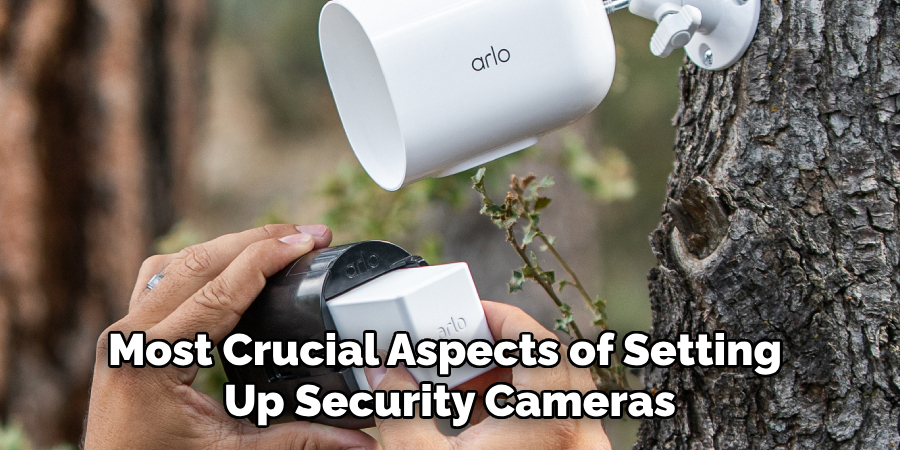
2. Not Regularly Checking and Maintaining Cameras
Security cameras can experience technical issues or become damaged over time, resulting in gaps in your surveillance coverage. It is important to regularly check and maintain your cameras to ensure they are functioning properly.
3. Neglecting to Update Firmware
Firmware updates are important for fixing bugs and improving the performance of your security cameras. Neglecting to install these updates can leave your system vulnerable to hacking or malfunctions.
4. Using Low-quality Cameras
Investing in high-quality cameras may seem like an unnecessary expense, but using low-quality cameras can result in poor quality footage that is not usable as evidence. It is important to invest in good quality cameras that can capture clear and detailed footage.
5. Not Securing the Physical Location of the Cameras
Apart from securing the footage itself, it is also important to physically secure the location of your cameras. This can include placing them out of reach and ensuring they are properly mounted to prevent tampering or theft.
By avoiding these common mistakes, you can ensure that your security cameras are set up and maintained properly, providing effective surveillance for your property. Remember to regularly review and update your system to keep up with advancements in technology and evolving security needs.
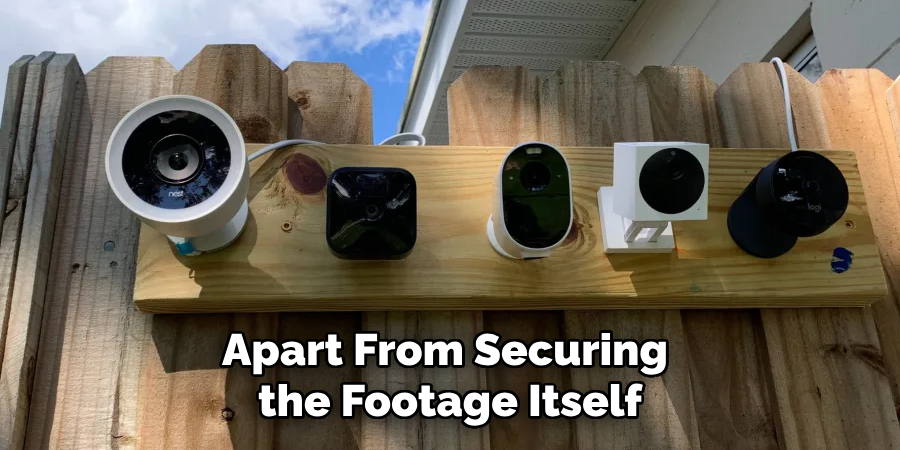
What Are the Potential Risks of Relying Solely on Security Cameras for Surveillance and How Can You Mitigate Them?
While security cameras are an important tool for surveillance, relying solely on them can have some potential risks. Here are a few risks and ways to mitigate them:
1. Blind Spots
Security cameras have limited coverage and there may be blind spots in certain areas that are not captured by the camera’s field of view. This can leave these areas vulnerable to unauthorized access or criminal activity. To mitigate this risk, consider adding additional cameras or using other security measures like motion sensors.
2. Malfunctions
Technical malfunctions can result in gaps in surveillance coverage, leaving your property vulnerable to crime. It is important to regularly check and maintain your cameras to prevent any malfunctions. Additionally, having backup systems in place can also help mitigate the risks of technical failures.
3. Inadequate Storage
If your storage solution is not sufficient for the amount of footage being recorded, it can result in gaps or overwriting of important footage. To mitigate this risk, regularly review and upgrade your storage capacity as needed.
4. Privacy Concerns
There may be privacy concerns if security cameras are installed in areas where individuals have a reasonable expectation of privacy, such as in bathrooms or dressing rooms. To mitigate this risk, it is important to follow privacy laws and regulations and clearly communicate the presence of security cameras through signage.
5. Limited Effectiveness at Night
Most security cameras rely on visible light to capture footage, which can be limited at night. This can make it difficult to obtain usable footage in low-light conditions. To mitigate this risk, consider using cameras with infrared capabilities or installing additional lighting in areas of concern.
By being aware of these potential risks and taking steps to mitigate them, you can ensure that your security camera system is effective and reliable for surveillance purposes. Overall, it is important to not solely rely on security cameras and to use other security measures in conjunction with them for maximum protection.
Conclusion
In conclusion, enhancing security camera footage is a crucial aspect of maintaining safety and security in any setting. Whether it’s for personal or professional use, having clear and high-quality footage can make all the difference in identifying potential threats and preventing criminal activities.
To enhance security camera footage, there are several key steps that should be followed. Firstly, investing in high-quality cameras with advanced features such as high resolution, night vision, and wide-angle lenses can greatly improve the overall quality of footage captured.
Additionally, ensuring that cameras are strategically placed in areas with good lighting and minimal obstructions can also enhance the clarity of the footage. I hope this article has been beneficial for learning how to enhance security camera footage. Make Sure the precautionary measures are followed chronologically.
About
Safety Fic is a distinguished figure in the world of Diy design, with a decade of expertise creating innovative and sustainable Diy solutions. His professional focus lies in merging traditional craftsmanship with modern manufacturing techniques, fostering designs that are both practical and environmentally conscious. As the author of diy, Safety Fic delves into the art and science of Safety Fic-making, inspiring artisans and industry professionals alike.
Education RMIT University
(Melbourne, Australia) Associate Degree in Design (Safety Fic) Focus on sustainable design, industry-driven projects, and practical craftsmanship. Gained hands-on experience with traditional and digital manufacturing tools, such as CAD and CNC software.
Nottingham Trent University
(United Kingdom) Bachelor’s in diyfastly.com and Product Design (Honors) Specialized in product design with a focus on blending creativity with production techniques. Participated in industry projects, working with companies like John Lewis and Vitsoe to gain real-world insights.
Publications and Impact
In diy, Safety Fic his insights on indoor design processes, materials, and strategies for efficient production. His writing bridges the gap between artisan knowledge and modern industry needs, making it a must-read for both budding designers and seasoned professionals.
